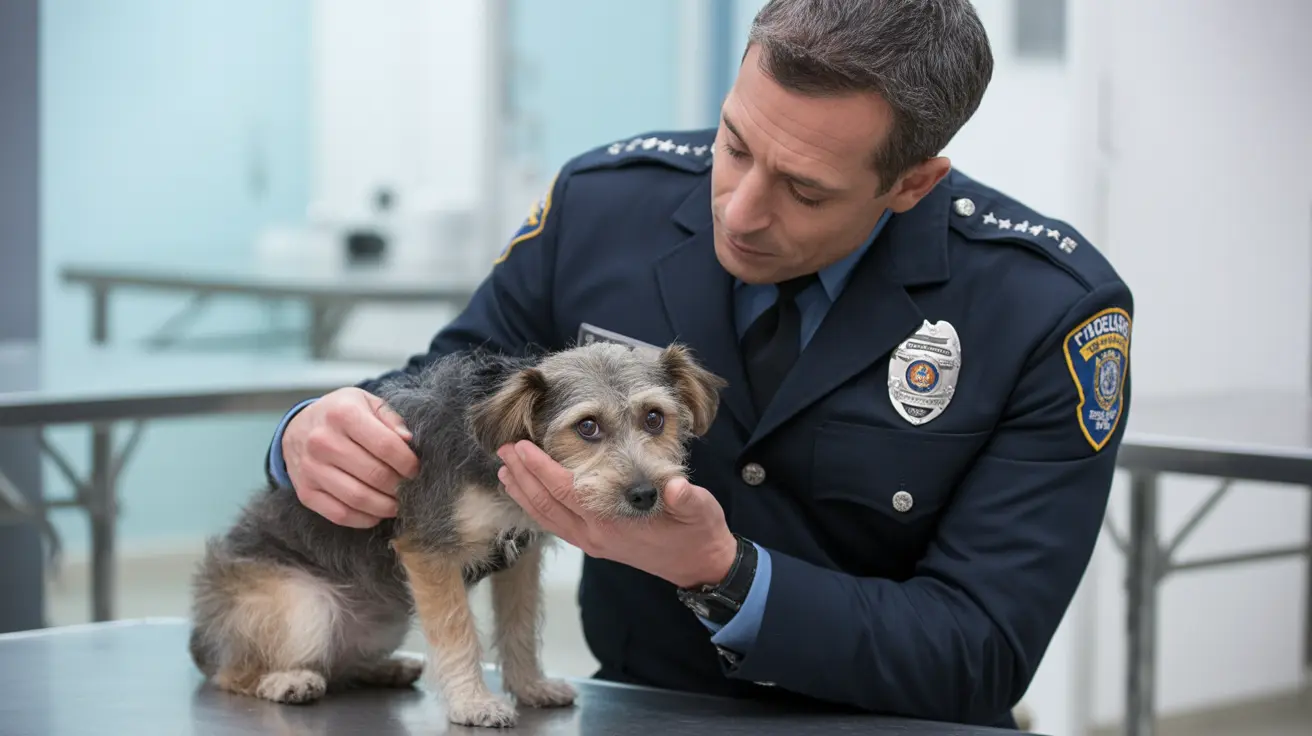Can Dogs Eat Chicken Drumsticks? Understanding the Risks
Many dog owners may wonder if giving their pets a leftover chicken drumstick is a harmless treat. While dogs are carnivores by nature and often enjoy chewing on bones, chicken bones — including those found in drumsticks — are particularly dangerous for canine companions. This article explores the risks, symptoms, and safety tips associated with dogs eating chicken drumsticks.
Why Chicken Bones Are Dangerous for Dogs
Chicken bones are thin, brittle, and prone to splintering, whether they are cooked or raw. This fragility makes them extremely hazardous:
- Choking Hazards: Fragile bones easily break into sharp pieces that can become lodged in a dog's throat.
- Internal Injuries: Sharp bone fragments can tear the dog’s esophagus, stomach, or intestines, causing internal bleeding or perforation.
- Bacterial Infection: Raw chicken bones risk contamination by Salmonella or E. coli, which are dangerous to pets and humans alike.
Risks to Puppies and Small Dogs
Puppies and small dog breeds face heightened danger. Their smaller digestive tracts are more susceptible to blockages and punctures, making even a small piece of bone a major threat to their health.
What to Do If Your Dog Eats a Chicken Bone
If your dog accidentally ingests a chicken drumstick bone, remain calm. Panicking may exacerbate the situation.
- Do not induce vomiting unless instructed by a veterinarian.
- Do not attempt to forcibly remove the bone, unless it’s clearly visible and reachable.
Look for signs of immediate distress. If your dog shows any of the following symptoms, seek emergency veterinary care:
- Gasping for air or pawing at the mouth
- Excessive drooling or coughing
- Vomiting (especially if it contains blood)
- Blood in stool or saliva
- Bloated stomach or difficulty defecating
- Lethargy or refusal to eat
Monitoring and Veterinary Intervention
If no immediate symptoms are evident, closely observe your dog for the next 24 to 72 hours. Your vet may recommend feeding soft foods like boiled chicken with rice or plain bread to help cushion the bone fragments as they pass naturally.
Veterinary interventions may include:
- Physical examination and X-rays
- IV fluids to aid digestion and maintain hydration
- Surgery in severe cases involving blockages or perforations
Preventing Future Incidents
Prevention is key to keeping your dog safe from bone-related injuries:
- Dispose of chicken bones in airtight, dog-proof trash bins
- Keep meal areas clean and free from scraps
- Train family and guests not to feed bones to dogs
- Offer safe chews and toys as alternatives
Handling a Dog That Grabs a Chicken Bone
If your dog grabs a chicken drumstick during a meal, avoid yelling or chasing them. Instead, snatch their attention with a high-value treat to encourage them to drop the bone willingly.
Conclusion
Although many dogs love gnawing on bones, chicken drumsticks are a dangerous option that can lead to serious health complications. Educating yourself about the symptoms and risks, and knowing how to respond, can make the difference between a minor incident and a veterinary emergency. When in doubt, always consult a veterinarian for personalized advice. And remember: prevention is better than cure.





